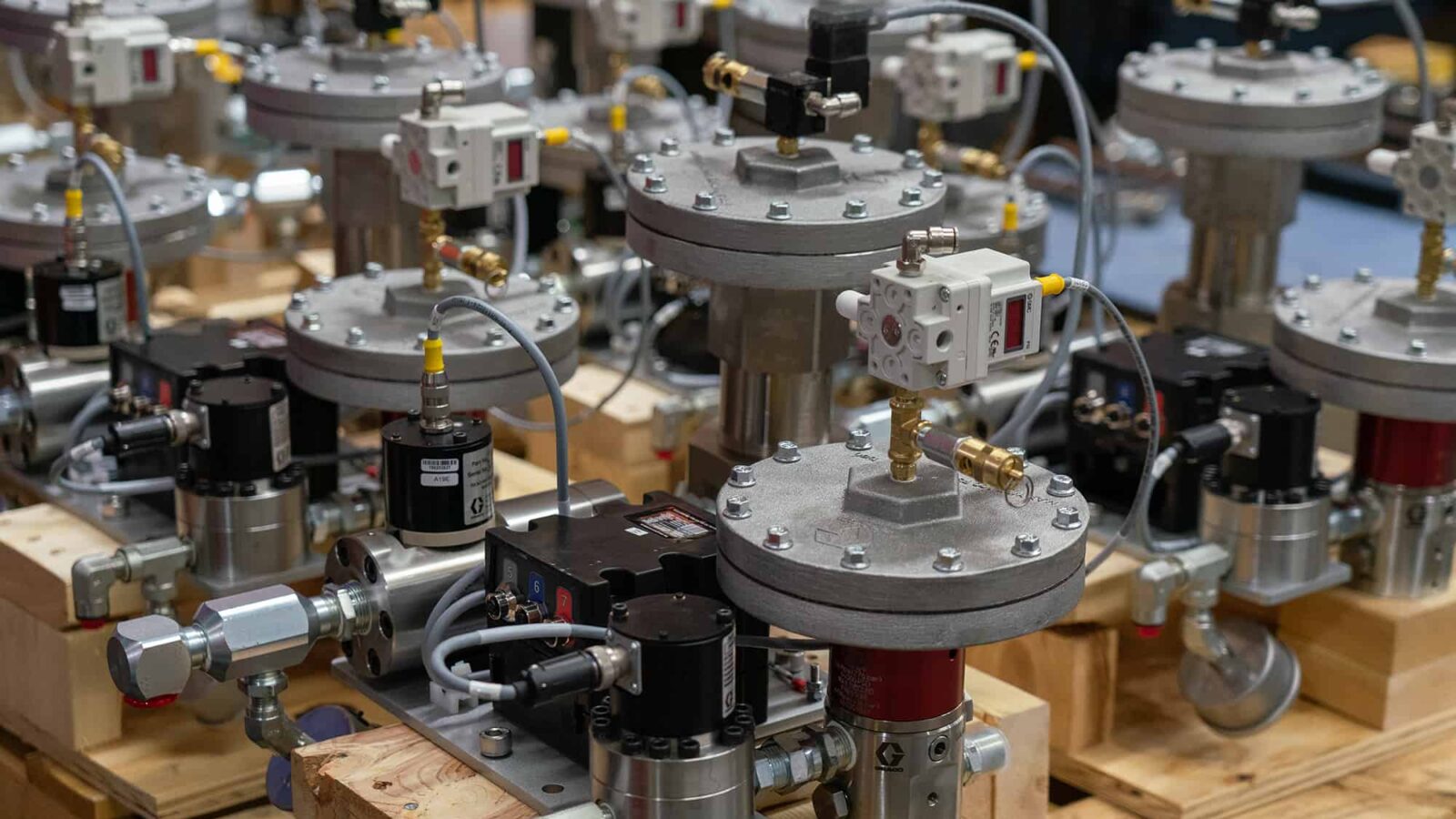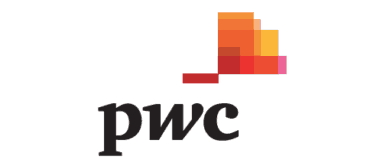
All In: Shaping Tomorrow’s Manufacturing Workforce Through Diversity and Inclusion
Read the Entire Report
Access the ReportIntroduction
A new urgency surrounds D&I
The US has a long tradition of promoting diversity and inclusion (D&I) in both the public and private sectors, with legal frameworks, programs and policies aimed at shaping more equitable and welcoming work environments. On numerous levels, it has become imperative to make workplaces amenable to—and represented by—all groups, whether differentiated by gender, age, sexual orientation, religious or political beliefs, or by experiences such as educational background, military service or physical disabilities. Today, leaders recognize that D&I efforts need to be stepped up further and are increasingly tethering D&I to overall management performance, company innovation progress—and even the bottom line.
As US demographics shift, and public perceptions and demands around diversity change, the case for redoubling efforts around D&I programs intensifies. The latest US Census showed that 13.7% of the US population (or 44.5 million people) is foreign-born, the highest percentage recorded since 1910. And, by 2045, the US white population is projected to be a minority (at 49.9%) followed by Hispanics at 24.6%, Blacks (13.1%), Asians (7.8%), and multiracial (3.8%), according to the US Census Bureau. This sea of change has been underway for decades. In 1940, white workers comprised 88% of the working-class (non-college-graduate workers) labor force, which fell to 60% by 2015; over the same period, the percentage of white working-class women rose to 45% from about 25%.
Research Partners


Download the Entire Report